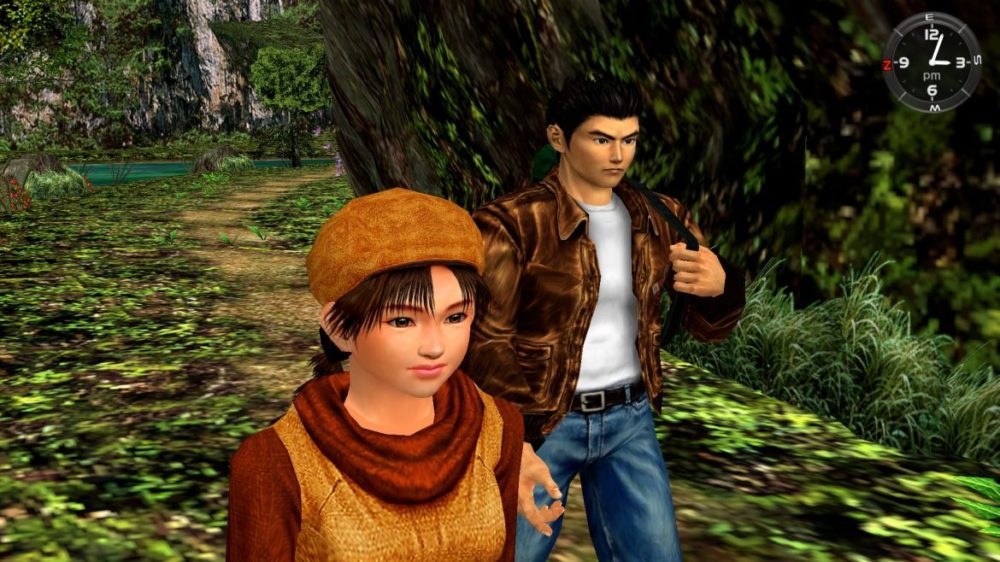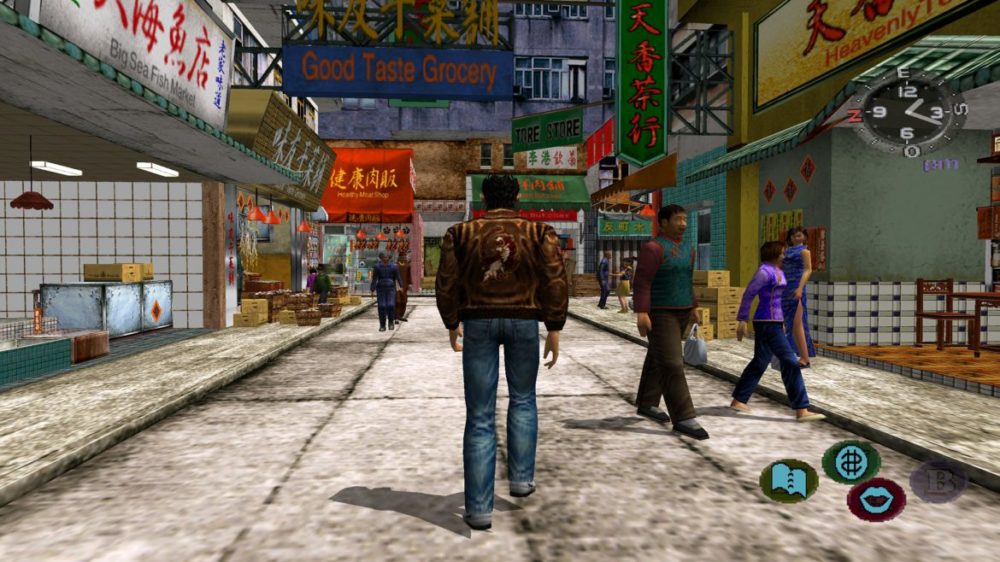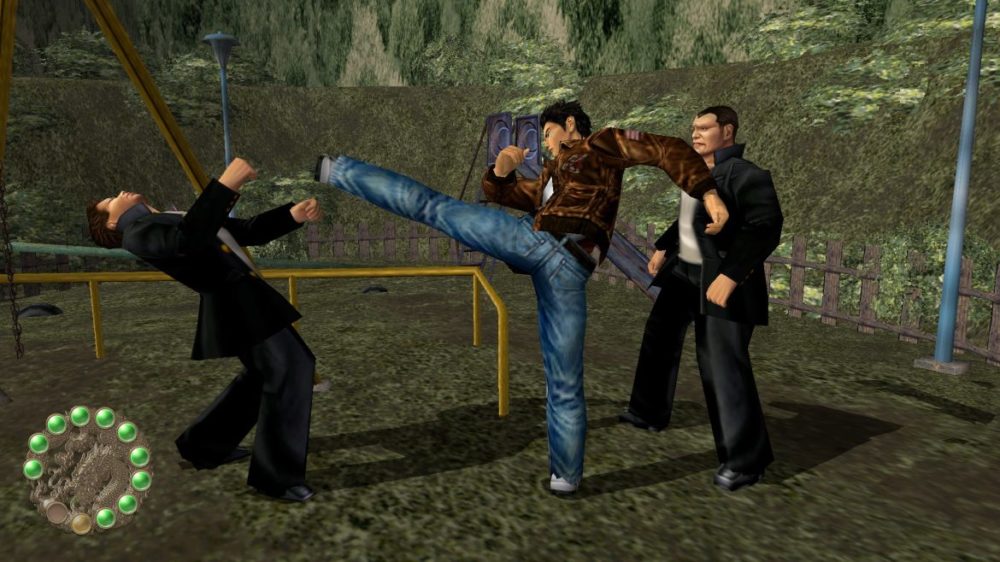TL;DR
Shenmue, a groundbreaking Dreamcast title, revolutionized open-world gaming with its realistic character AI and dynamic environments. While its graphics and controls show their age, the HD remaster offers a glimpse into its enduring charm. Follow Ryo Hazuki's poignant quest for revenge, a journey filled with memorable characters, a captivating story, and a fantastic soundtrack that influenced later games like Yakuza. Despite its original financial struggles, Shenmue's heartfelt narrative and deliberate pacing offer a unique, relaxing experience distinct from modern epics. Dive into this essential piece of gaming history and discover why it's still worth playing today!
Shenmue was a groundbreaking title, particularly upon its initial release for SEGA’s unfortunately underrated Dreamcast. Legendary SEGA designer Yu Suzuki crafted an adventure game set in an “open” world, populated by characters who “move around in it and live their lives” and featuring “weather that changes the way weather does in reality.” For players more familiar with contemporary gaming landscapes, it may be difficult to fully grasp the impact of Suzuki’s narrative about Ryo Hazuki’s quest to avenge his father’s death. This included the introduction of the now ubiquitous, though sometimes divisive, Quick Time Event (QTE) mechanic, as seen in titles ranging from God of War to David Cage’s Fahrenheit and Heavy Rain. The Dreamcast, arguably SEGA’s finest console, briefly held its own against Sony’s formidable PlayStation 2, but its lifespan was tragically short, ending just as its library of exceptional games began to flourish. However, it served as inspiration for Microsoft’s subsequent Xbox (note the controller design), and thankfully, Dreamcast classics like Shenmue and Timesplitters are being revitalized on modern platforms.
Shenmue is set in 1980s Japan, specifically in the small village of Yamanose, near the town of Dobuita. The first game’s narrative begins immediately, with protagonist Ryo witnessing the cold-blooded murder of his father by the Chinese martial arts master Lan Di. Lan Di seeks a mirror of significant importance, leaving Ryo bereaved and determined to seek retribution. Echoing numerous Asian martial arts films, Ryo embarks on a quest to avenge his father and master Jiu-Jitsu.
Players control Ryo from a third-person perspective, interacting with the environment, collecting items, and following clues documented in his notebook. This often involves traveling to a specific location and speaking with a designated individual. Throughout his journey, Ryo encounters various NPCs, engaging in interactions ranging from mundane services to outright conflicts. Combat sequences transition into a simplified arcade fighter format, drawing inspiration from Yu Suzuki’s other genre-defining work: Virtua Fighter. In an era defined by titles like The Witcher 3, which has largely perfected the open-world concept, SEGA’s Yakuza series—spiritual successors to Shenmue—and even the notoriously buggy Assassins Creed: Origin (with its overwhelming number of repetitive missions), the original Shenmue may not immediately impress contemporary gamers. It presents a more streamlined and rudimentary version of the open-world formula. However, Shenmue possesses a distinct quality often lacking in modern, lengthy titles: a genuine and heartfelt core.
The graphics were visually impressive in 1999, but naturally appear dated by today’s standards. Despite the HD remaster’s inclusion of a 16:9 aspect ratio and a blooming effect (a form of anti-aliasing designed to smooth jagged edges), the textures remain low-resolution in many instances. While some character models still hold up reasonably well, others resemble simple images superimposed onto mannequin heads. The game maintains a consistent 30 frames per second, as expected. Purists have the option to revert to the original graphics, complete with low-resolution textures and a 4:3 aspect ratio. While a 60 fps option would have been feasible on modern hardware, it could potentially introduce unintended side effects due to the game’s original design parameters.
The audio, available in both the original Japanese and an English dub, exhibits a somewhat tinny and muffled quality, potentially resulting from resampling and attempts at digital enhancement. The controls are generally functional, but can feel somewhat clunky and unresponsive by contemporary standards; maneuvering Ryo in confined spaces and interacting with specific objects can be imprecise.
Those who experienced the game on the Dreamcast will likely overlook these shortcomings and appreciate its revival. But why should contemporary players, beyond those driven by nostalgia, find value in it?
The answer lies in the compelling experience at its core, which transcends its technical limitations. Shenmue features a well-crafted narrative that is both captivating and poignant. Despite its moments of Japanese melodrama, players will quickly become invested in Ryo Hazuki’s journey and his world, even if it lacks the scale and graphical fidelity of titles like Bayek’s or Geralt’s. Further enhancing the experience is one of the most memorable game soundtracks ever composed. While the characters may appear simplistic at times, they possess a distinct charm that feels authentically human, and this, combined with the game’s deliberate pacing, contributes to its unique appeal. Shenmue is not a particularly challenging or lengthy game by modern standards, but time is a finite resource within the game, encouraging purposeful play.
Shenmue 2, released just two years later, expanded beyond the Dreamcast to also include the Xbox. It presents a more refined, modern, and dynamic experience than its predecessor. While it can be played independently, it is highly recommended to complete the first game beforehand, both for narrative context and to carry over previously learned fighting techniques. In this installment, Ryo travels to Hong Kong, facing more numerous and challenging enemies, engaging in more elaborate action sequences, and moving closer to fulfilling the prophesied destiny and confronting his father’s killer.
The Shenmue games were, at the time, among the most expensive video game productions ever undertaken. Unfortunately, due to lower-than-expected sales (particularly on the commercially struggling Dreamcast), the games became a financial disappointment for SEGA. Therefore, it is remarkable that these titles are receiving a second opportunity to reach a new audience on contemporary platforms (PS4, PC, and Xbox One). While awaiting the (hopeful) conclusion of the saga in the upcoming third installment (currently slated for release on August 27, 2019, according to Suzuki), Shenmue 1 & 2 are essential experiences. A degree of nostalgia inevitably influences the perspective of those who experienced the games during their original release (similar to how perceptions of Star Wars differ between those who grew up with the original trilogy and those who prefer the more recent installments). However, Shenmue remains a unique action adventure title and a vital part of gaming history, deserving of exploration by anyone with an interest in the genre. Its appeal lies in its simplicity and artistry, akin to a relaxing vacation on a small Greek island. The overall experience, the journey itself, and the conclusion are prioritized over excessive content and padding. We thoroughly enjoyed revisiting these classics and are once again eagerly anticipating the continuation of the saga that we had almost given up hope of seeing. Hopefully, another 18 years won’t pass before it arrives… (Update: Fortunately, it didn’t; read our review of Shenmue 3.)





